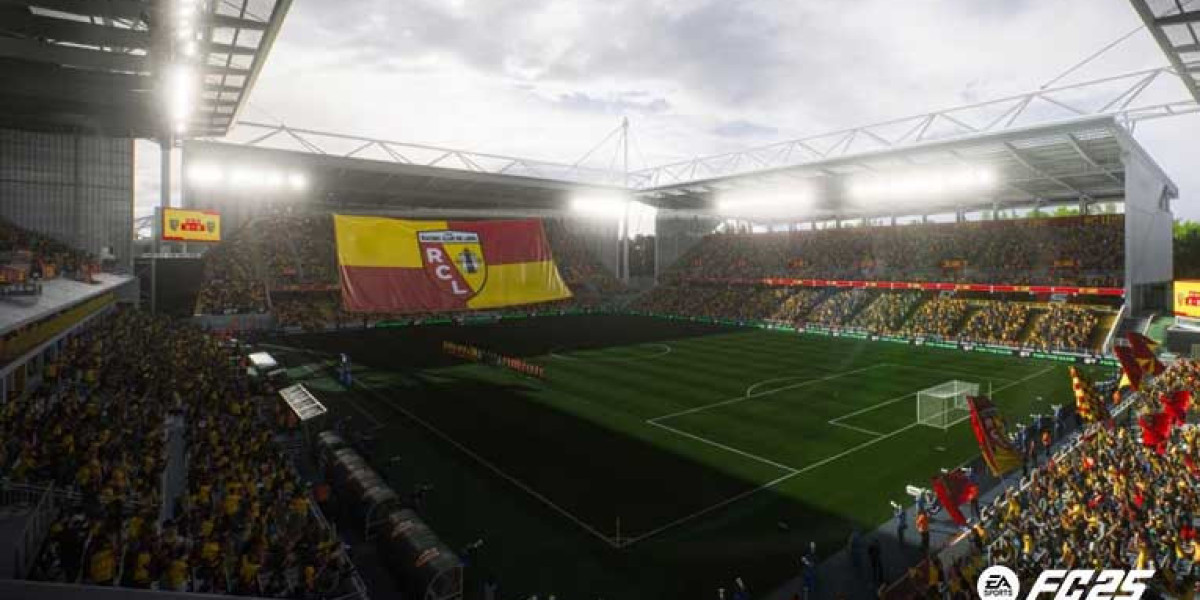In an era where environmental concerns are becoming increasingly important, sustainable house designs have emerged as a key solution for creating homes that are both eco-friendly and efficient. Sustainable house designs focus on minimizing the environmental impact of a home through thoughtful planning, resource-efficient construction, and innovative technologies. This includes concepts like Eco-Hybrid and Climate Ready Homes, which integrate advanced sustainability practices. At Efficient Developments, we are dedicated to advancing sustainable living by incorporating these principles into our home designs. Here’s a closer look at sustainable house designs and how they contribute to a greener future.
What Are Sustainable House Designs?
Sustainable house designs are homes that are constructed and maintained with the goal of minimizing their environmental impact. This includes reducing energy consumption, using eco-friendly materials, conserving water, and enhancing indoor air quality. Sustainable designs also consider the long-term impact of a home on its surroundings and strive to create spaces that are both functional and harmonious with nature.
The principles of sustainable house design are rooted in the idea that our homes should not only be efficient and comfortable but also support a healthy environment and contribute positively to the community.
Key Elements of Sustainable House Designs
1. Energy Efficiency
Energy efficiency is a cornerstone of sustainable house designs. An energy-efficient home minimizes the amount of energy required for heating, cooling, lighting, and other household needs. Key features include:
High-Performance Insulation: Proper insulation helps maintain a comfortable indoor temperature by reducing heat loss in winter and heat gain in summer. This reduces the need for heating and cooling, lowering energy bills and reducing the home’s carbon footprint.
Energy-Efficient Windows and Doors: High-quality windows and doors with low-E coatings and multi-pane glass reduce heat transfer, improving insulation and energy efficiency.
Energy-Efficient Appliances: Appliances that meet ENERGY STAR® standards use less energy while performing effectively. This includes refrigerators, dishwashers, washing machines, and more.
LED Lighting: LED bulbs use significantly less energy than traditional incandescent bulbs and have a longer lifespan, making them an excellent choice for sustainable lighting.
2. Sustainable Building Materials
The materials used in a sustainable home should be chosen for their environmental impact, durability, and resource efficiency. Key considerations include:
Recycled and Reclaimed Materials: Using materials that have been recycled or reclaimed from other sources reduces waste and the demand for new resources. Examples include reclaimed wood, recycled metal, and recycled glass.
Sustainably Sourced Materials: Materials sourced from sustainably managed forests or production processes reduce environmental impact. Examples include bamboo, which is rapidly renewable, and certified wood products from organizations like the Forest Stewardship Council (FSC).
Low-VOC and Non-Toxic Materials: Low-VOC (volatile organic compounds) paints, finishes, and adhesives contribute to better indoor air quality by reducing harmful emissions.
3. Water Conservation
Water conservation is a crucial aspect of sustainable house design, particularly in areas prone to drought or water scarcity. Key features include:
Low-Flow Fixtures: Low-flow toilets, faucets, and showerheads reduce water consumption without sacrificing performance. This helps conserve water and reduces utility bills.
Rainwater Harvesting Systems: These systems collect and store rainwater for use in irrigation and other non-potable applications, reducing reliance on municipal water supplies.
Drought-Tolerant Landscaping: Landscaping with native and drought-resistant plants reduces the need for irrigation, conserving water and reducing maintenance.
4. Indoor Air Quality
A healthy indoor environment is essential for the well-being of the occupants. Sustainable house designs focus on improving indoor air quality through:
Ventilation Systems: Mechanical ventilation systems, such as heat recovery ventilators (HRVs) or energy recovery ventilators (ERVs), provide fresh air while reducing energy loss.
Natural Ventilation: Strategic placement of windows and vents allows for natural airflow, reducing the need for mechanical cooling and improving air quality.
Non-Toxic Materials: Using low-VOC paints, finishes, and materials minimizes the release of harmful chemicals into the indoor environment.
5. Renewable Energy Integration
Incorporating renewable energy sources into a home’s design helps reduce reliance on non-renewable energy and lowers the home’s carbon footprint. Common renewable energy options include:
Solar Panels: Solar photovoltaic (PV) panels harness energy from the sun to generate electricity, which can be used to power the home or reduce reliance on the grid.
Geothermal Heating and Cooling: Geothermal systems use the Earth’s natural heat to provide efficient heating and cooling, reducing the need for conventional HVAC systems.
Wind Turbines: Small residential wind turbines can generate electricity from wind energy, further reducing reliance on traditional power sources.
Benefits of Sustainable House Designs
1. Reduced Environmental Impact
Sustainable house designs help minimize the environmental impact of residential living by conserving resources, reducing energy consumption, and lowering greenhouse gas emissions. This contributes to a healthier planet and supports long-term environmental sustainability.
2. Lower Utility Bills
Energy-efficient homes consume less energy, leading to lower utility bills. By incorporating features such as high-performance insulation, energy-efficient appliances, and renewable energy systems, homeowners can enjoy significant cost savings over time.
3. Enhanced Comfort and Health
Sustainable homes are designed to provide a comfortable and healthy living environment. Features such as improved insulation, ventilation systems, and non-toxic materials contribute to better indoor air quality and overall comfort.
4. Increased Property Value
Homes with sustainable features and energy-efficient designs are often valued higher in the real estate market. Buyers are increasingly seeking properties that offer environmental benefits and cost savings, making sustainable house designs a smart investment.
5. Long-Term Durability
Sustainable house designs prioritize durability and resource efficiency, leading to homes that require less maintenance and have a longer lifespan. High-quality materials and construction practices ensure that the home remains in excellent condition for years to come.
Why Choose Efficient Developments for Your Sustainable Home?
At Efficient Developments, we are passionate about creating homes that align with the principles of sustainability and environmental responsibility. Our team of experienced designers and builders is dedicated to incorporating sustainable features and technologies into every project, ensuring that your home is both eco-friendly and functional.
Here’s why you should choose us for your sustainable home design:
Expert Guidance: We provide expert advice and support throughout the design and construction process, helping you make informed decisions about sustainable features and materials.
Customized Solutions: We tailor our designs to meet your specific needs and preferences, ensuring that your home is both sustainable and uniquely suited to your lifestyle.
Commitment to Quality: Our commitment to high-quality construction and sustainable practices ensures that your home is built to last and perform efficiently.
Innovative Design: We stay up-to-date with the latest trends and technologies in sustainable design, bringing innovative solutions to every project.
Conclusion
Sustainable house designs are more than just a trend—they represent a fundamental shift toward creating homes that are environmentally responsible, resource-efficient, and beneficial for both occupants and the planet. At Efficient Developments, we are dedicated to building homes that embody these principles, offering a range of sustainable features and technologies that enhance your quality of life and contribute to a greener future.
If you’re ready to explore the possibilities of sustainable house design, contact us today. Let’s work together to create a home that is beautiful, functional, and aligned with your commitment to sustainability.








